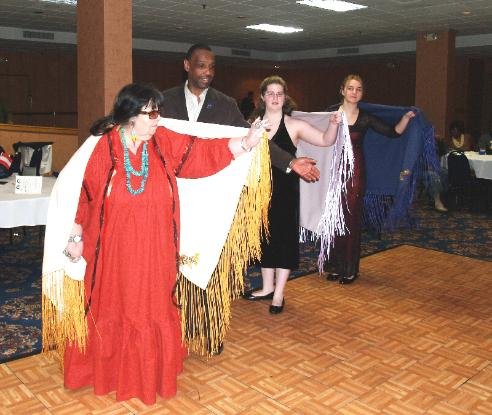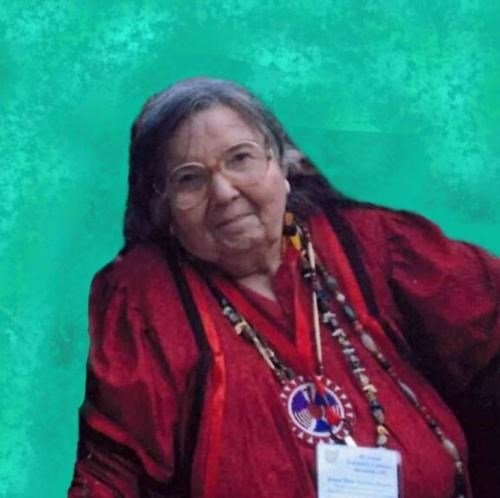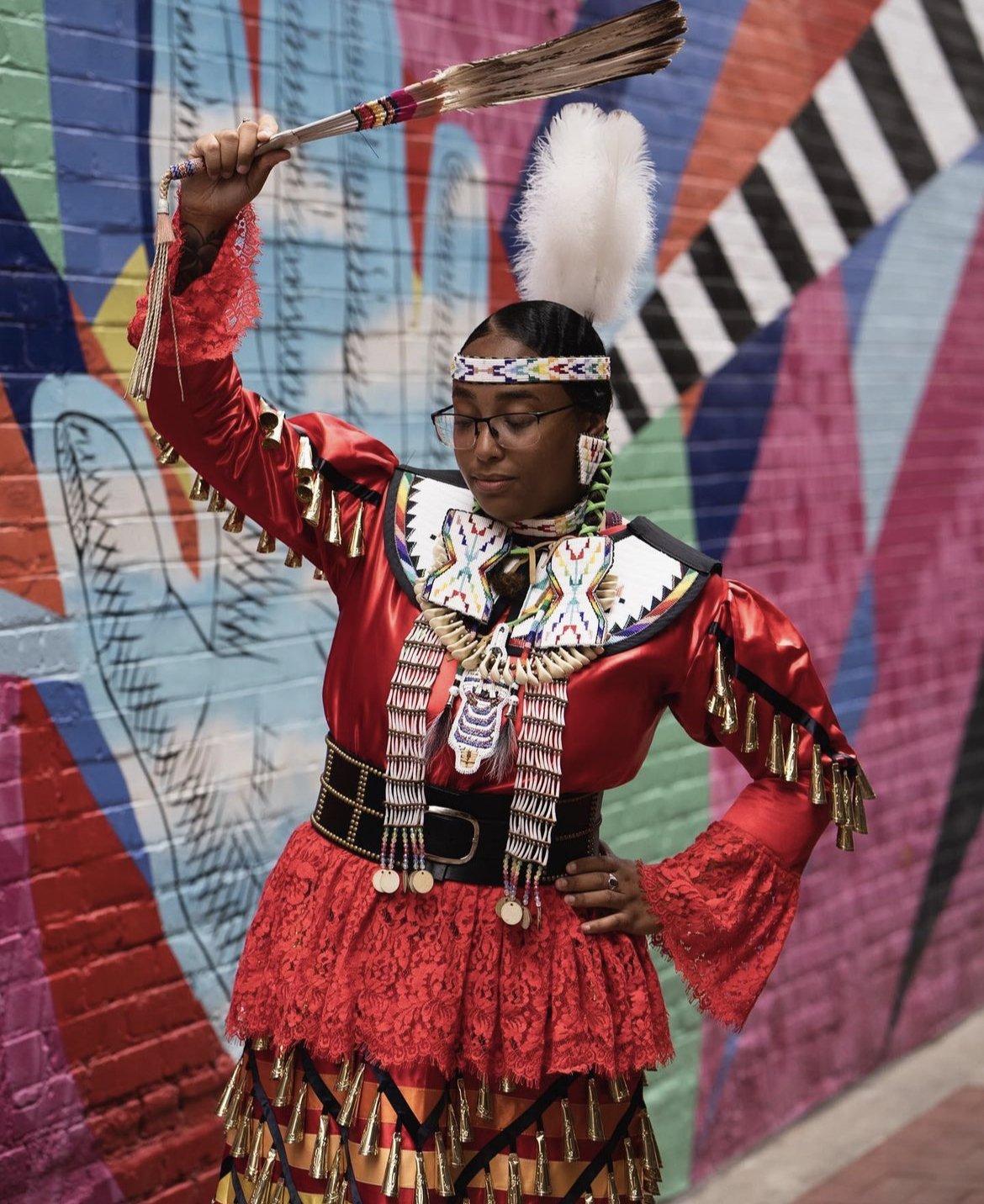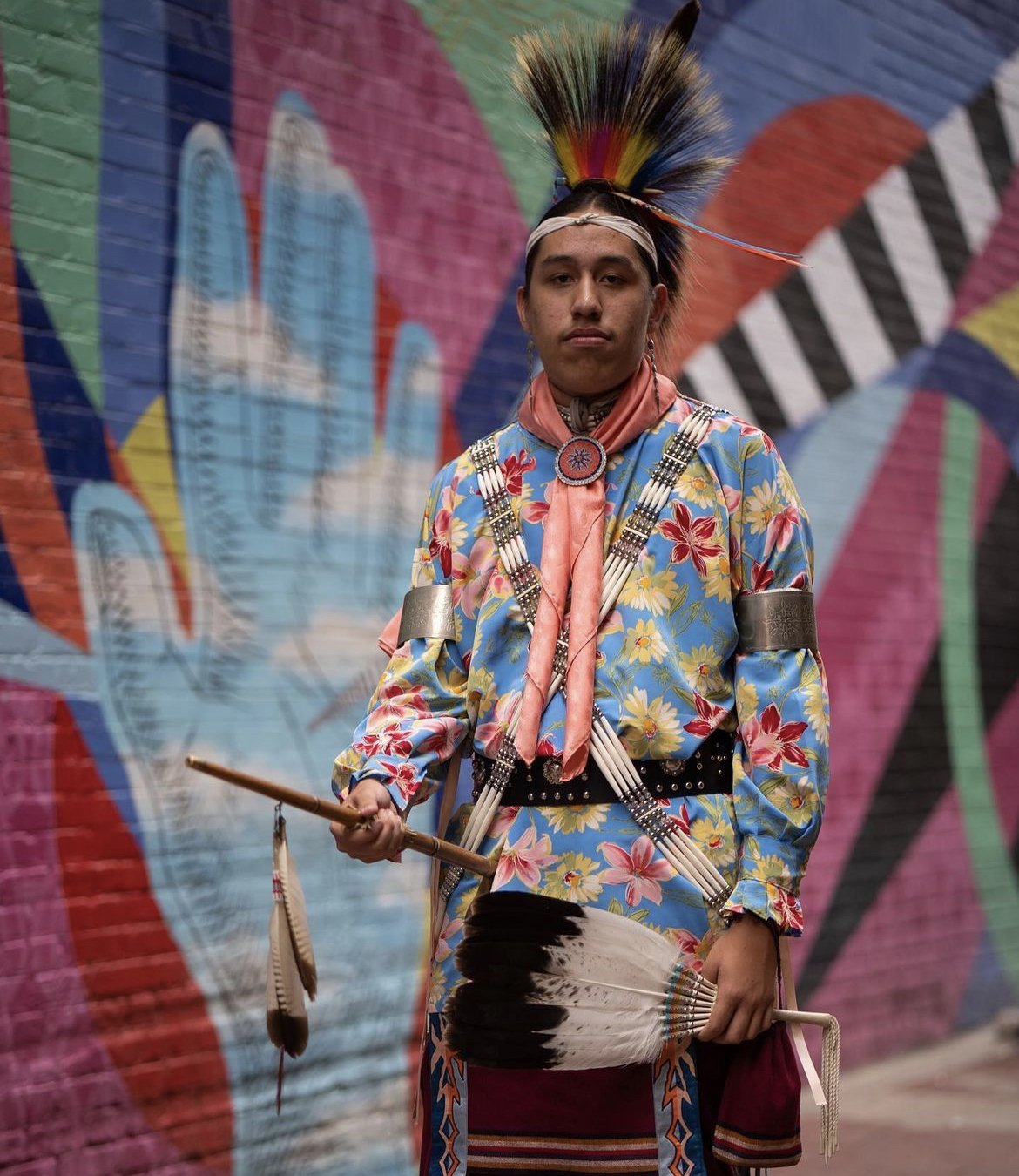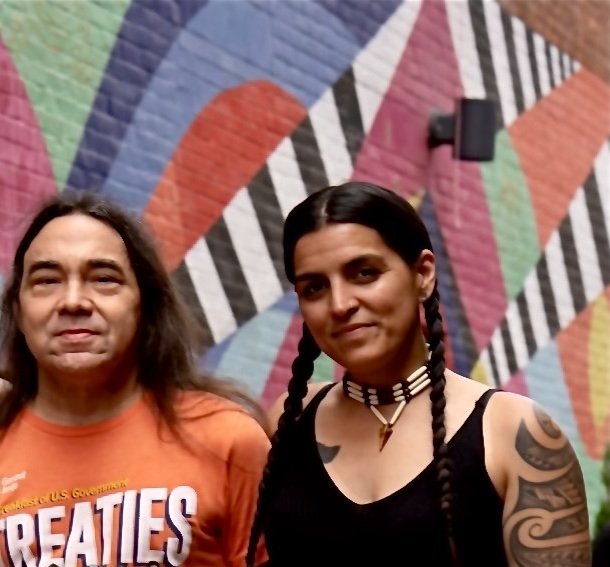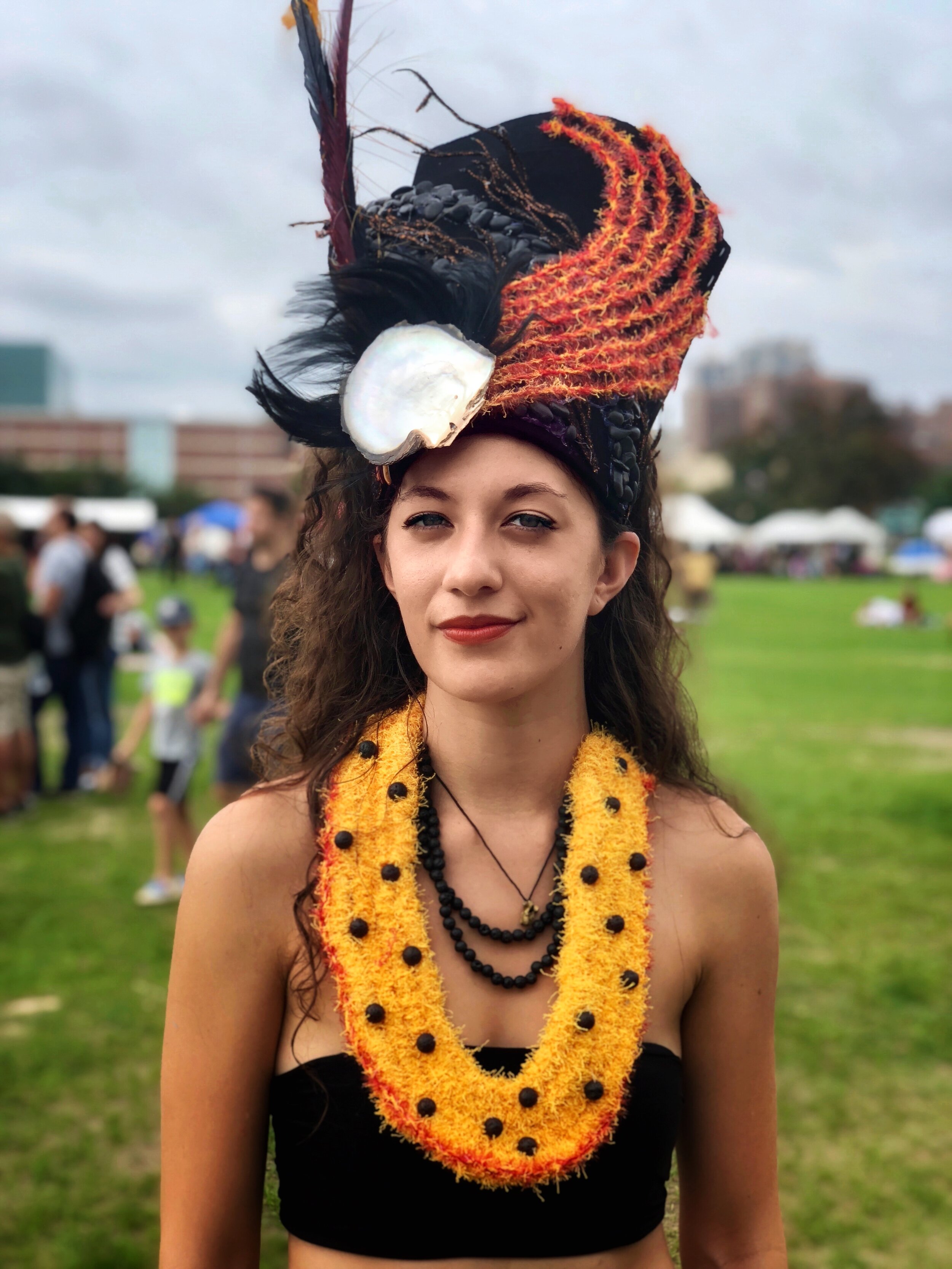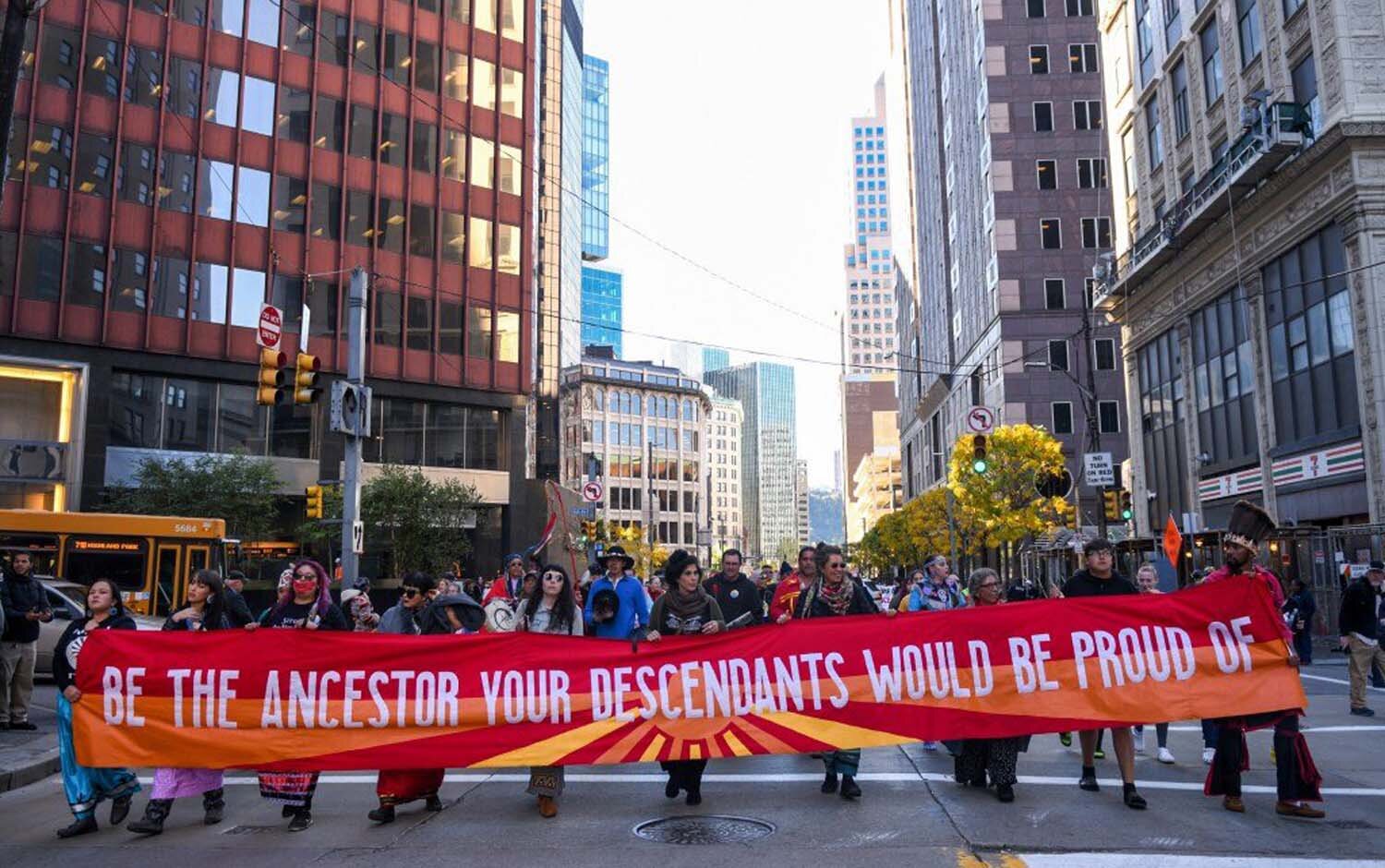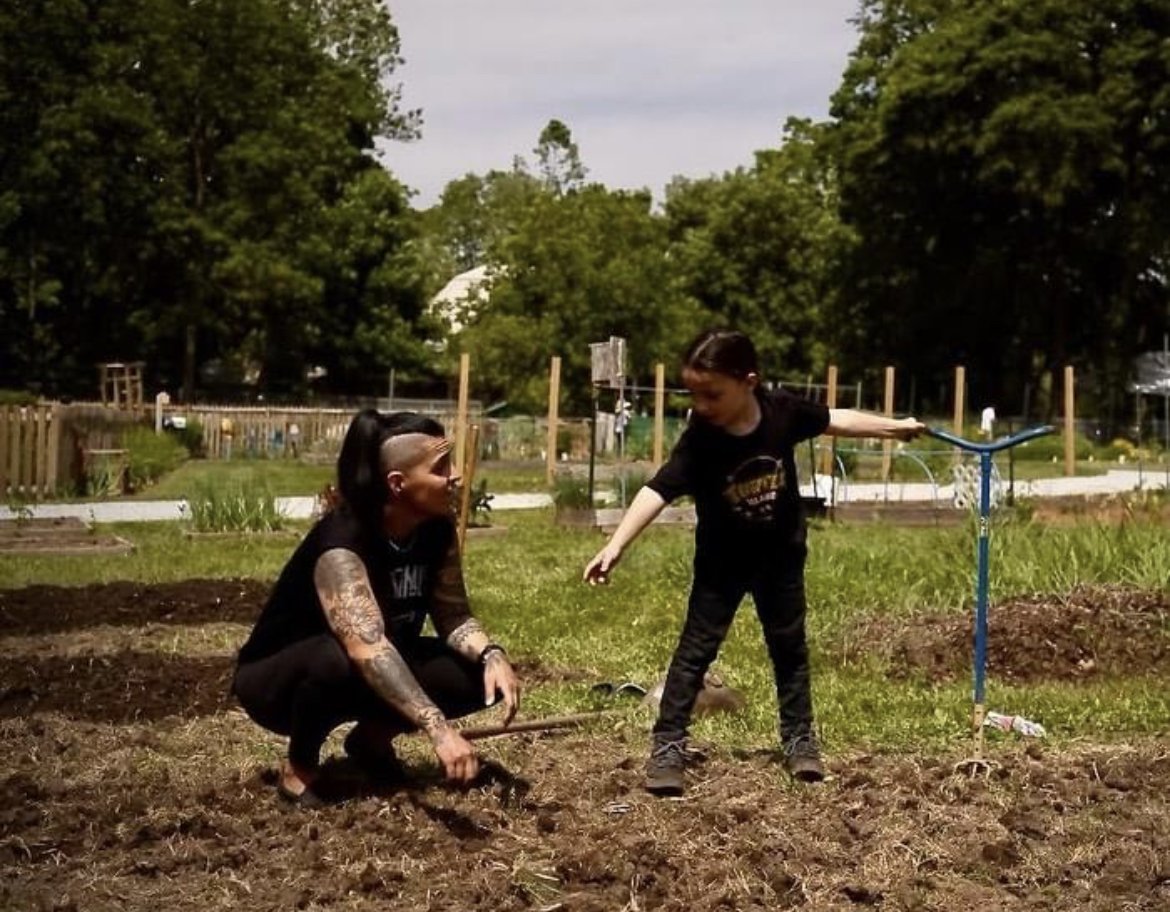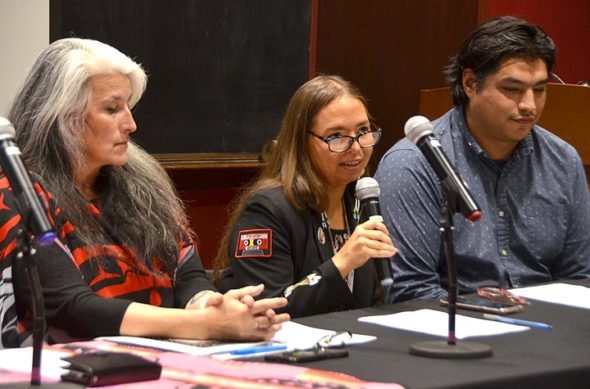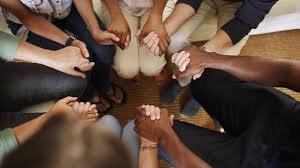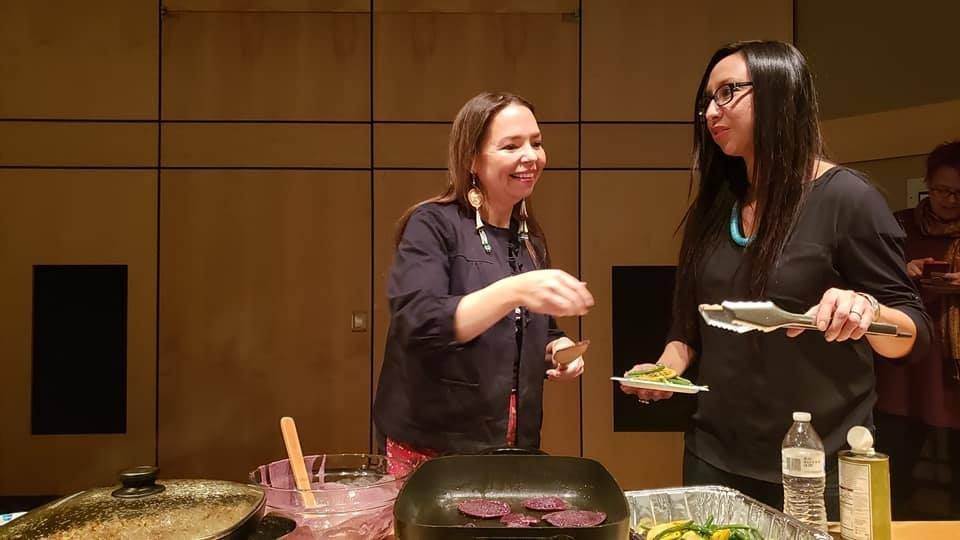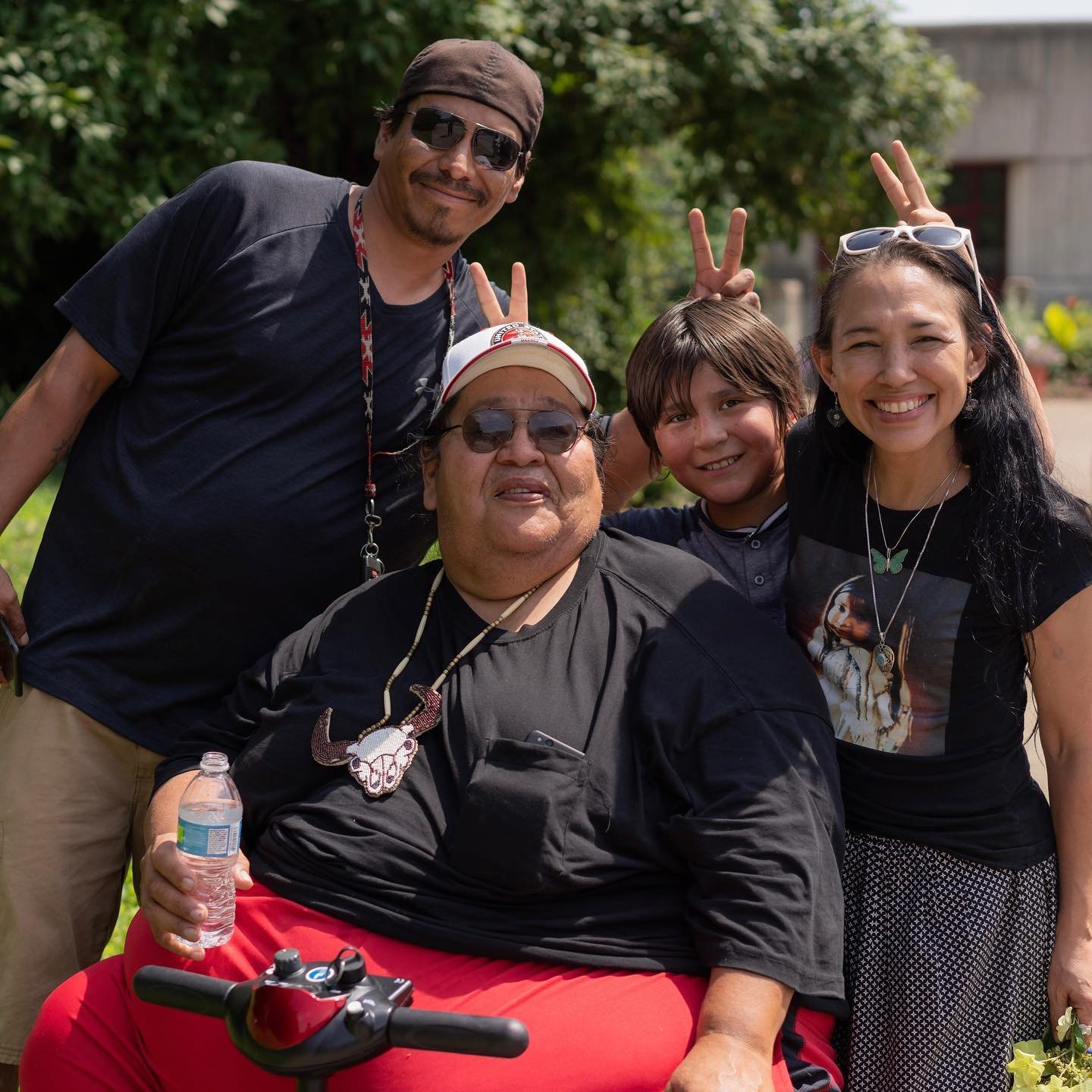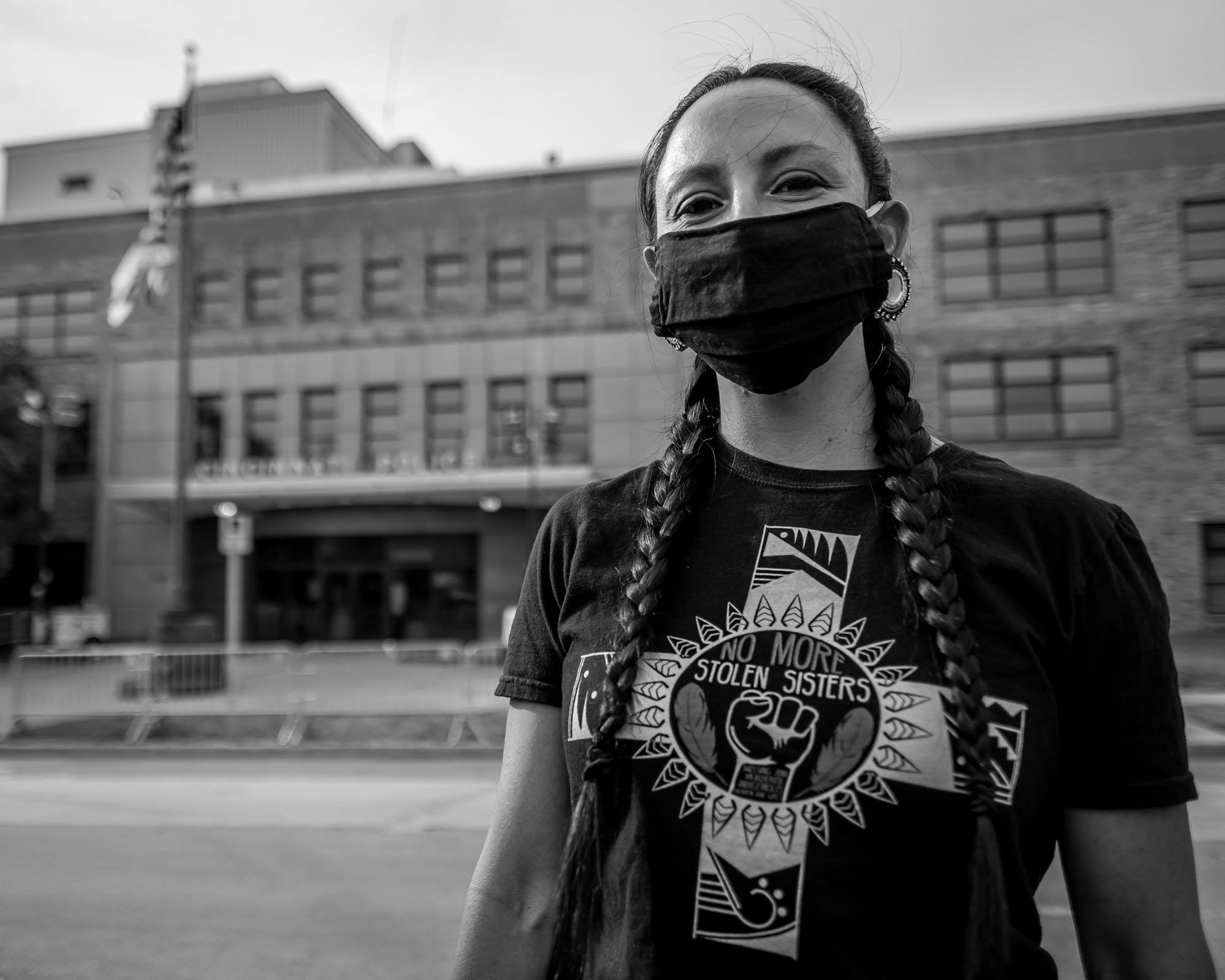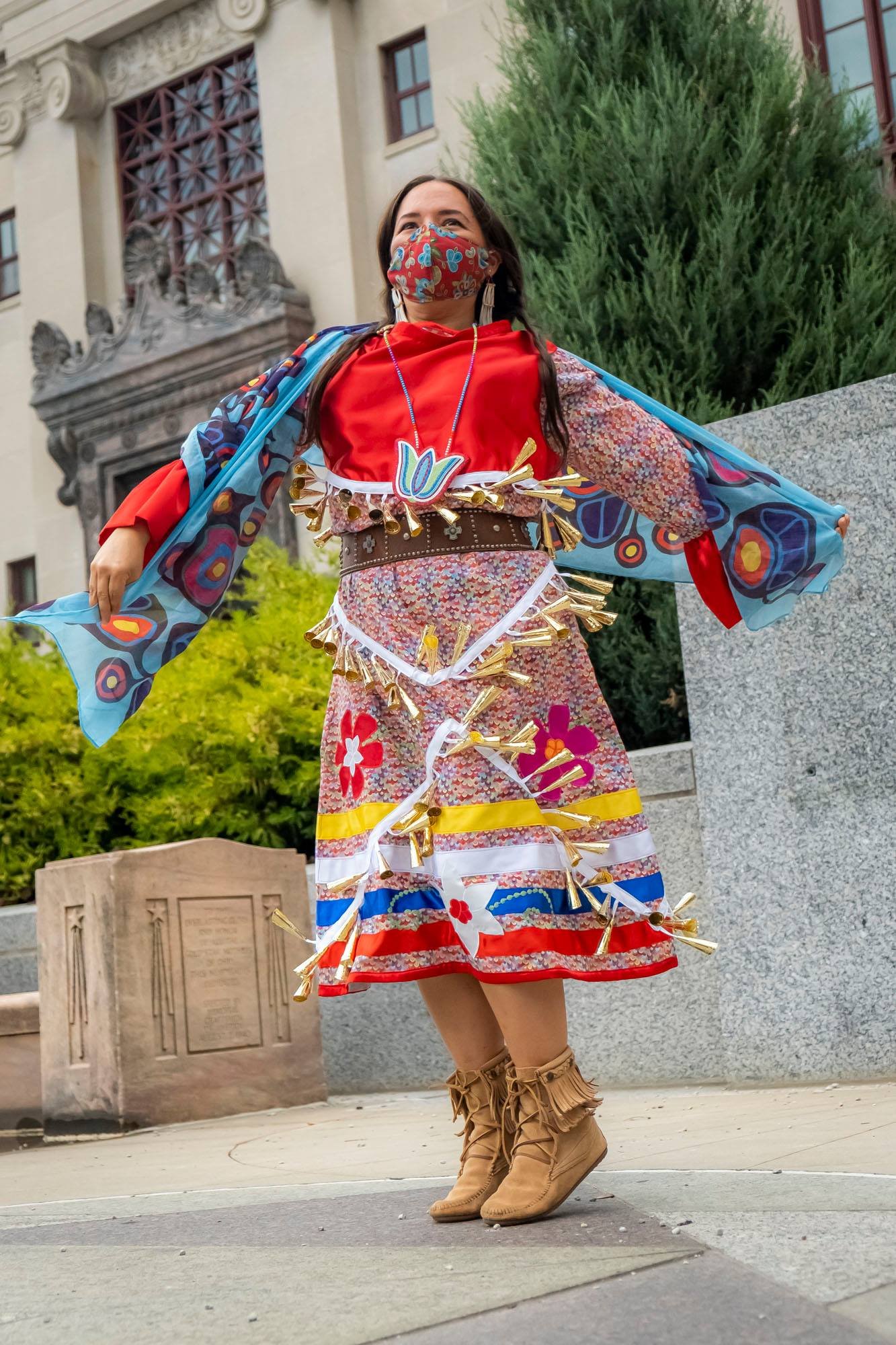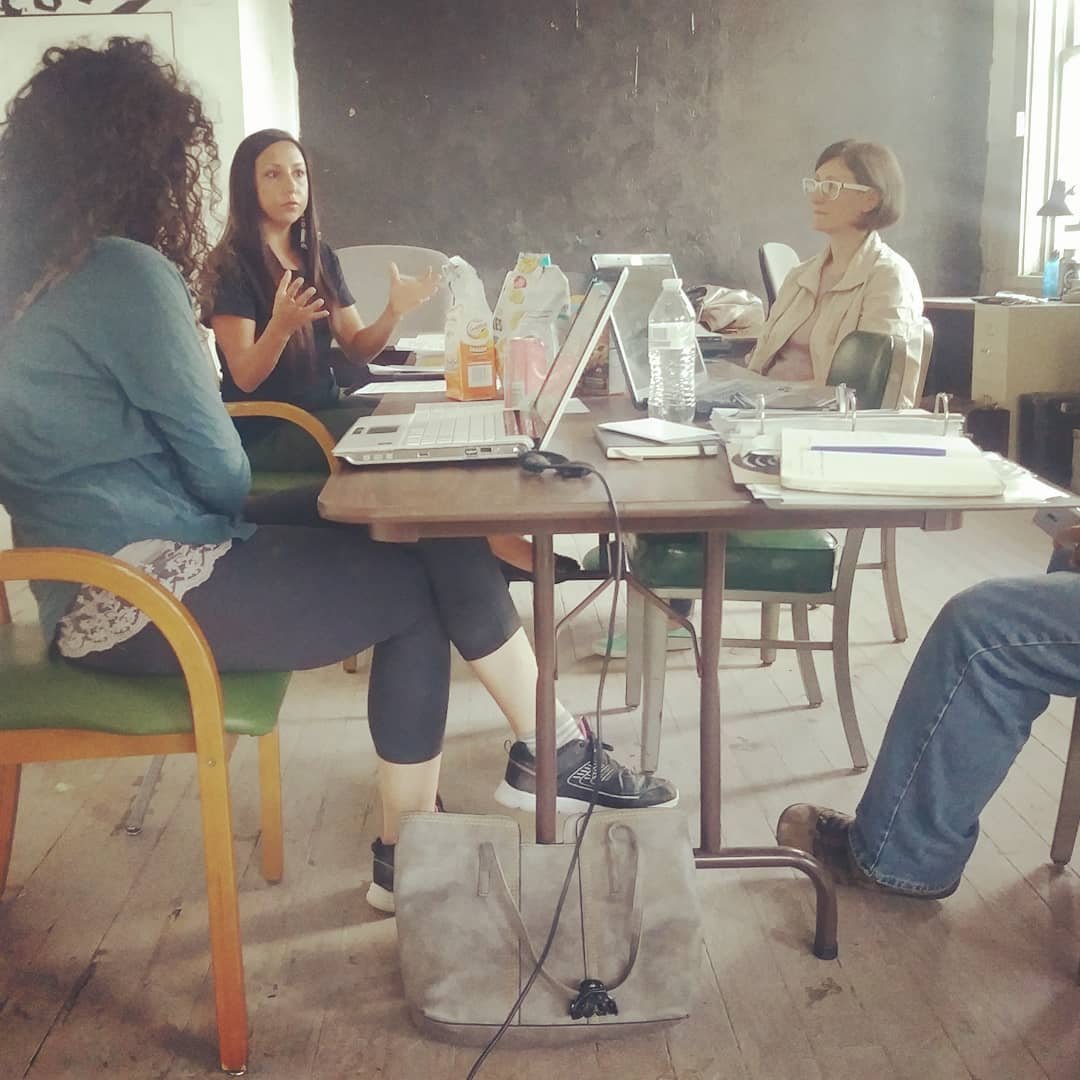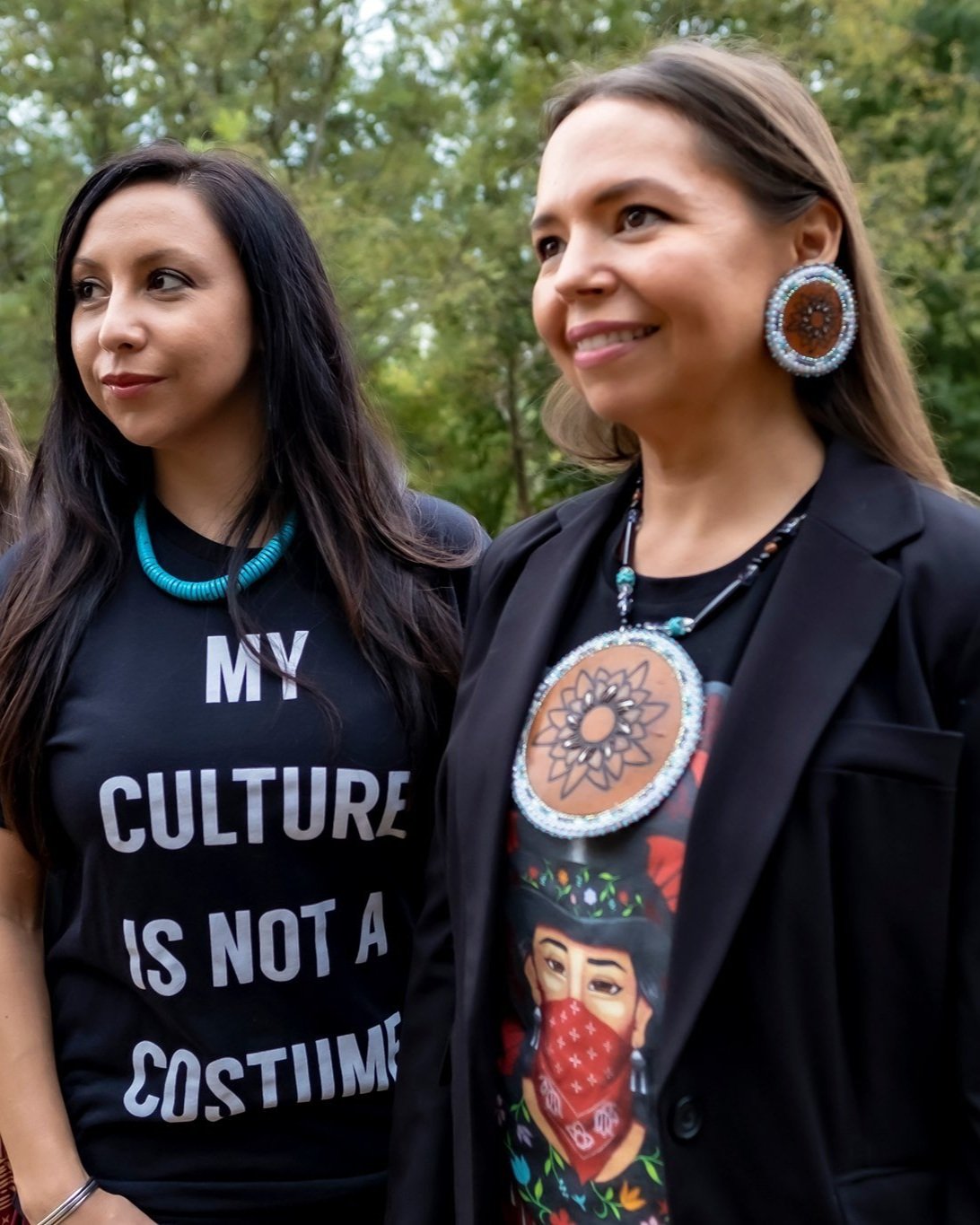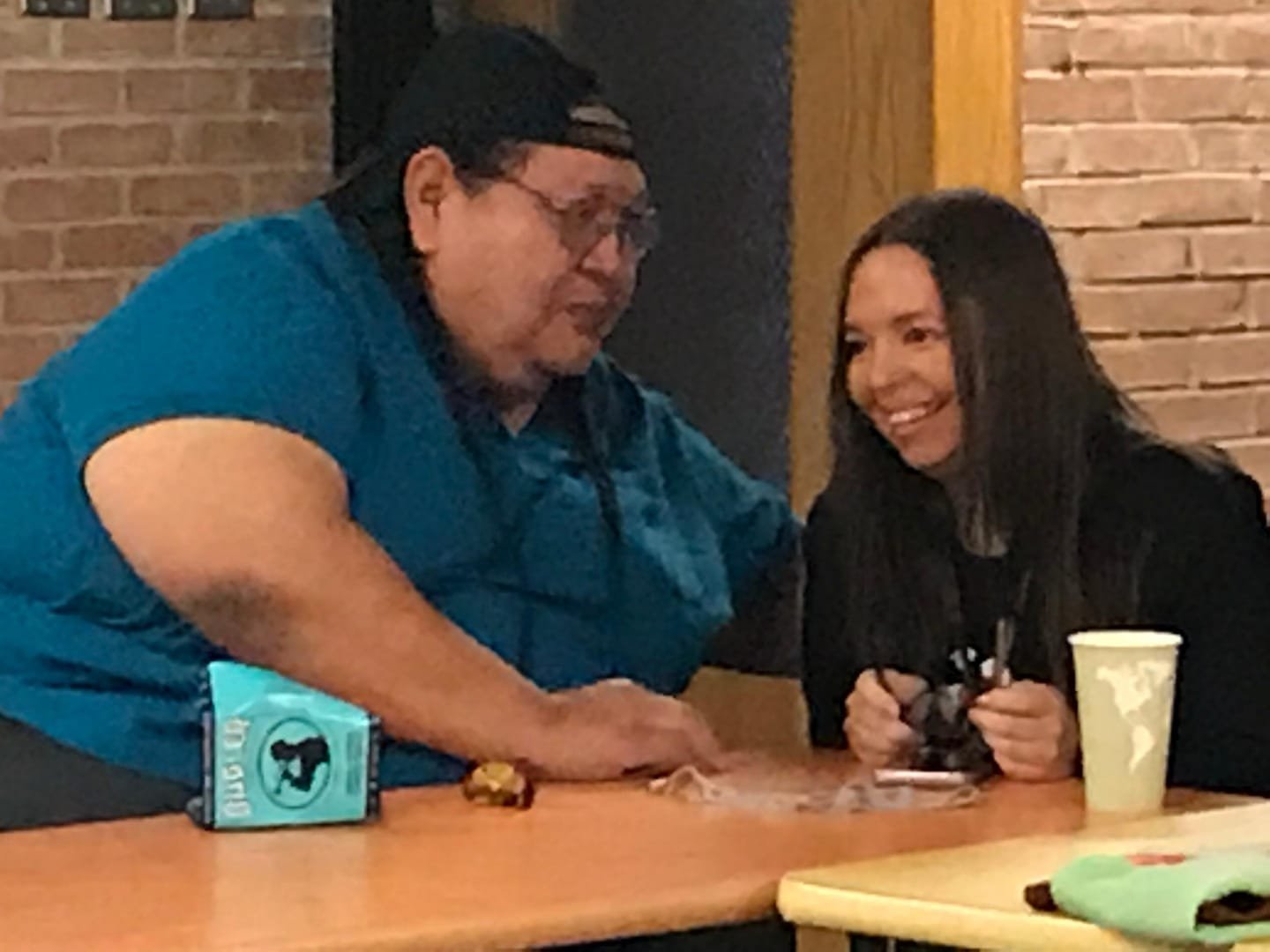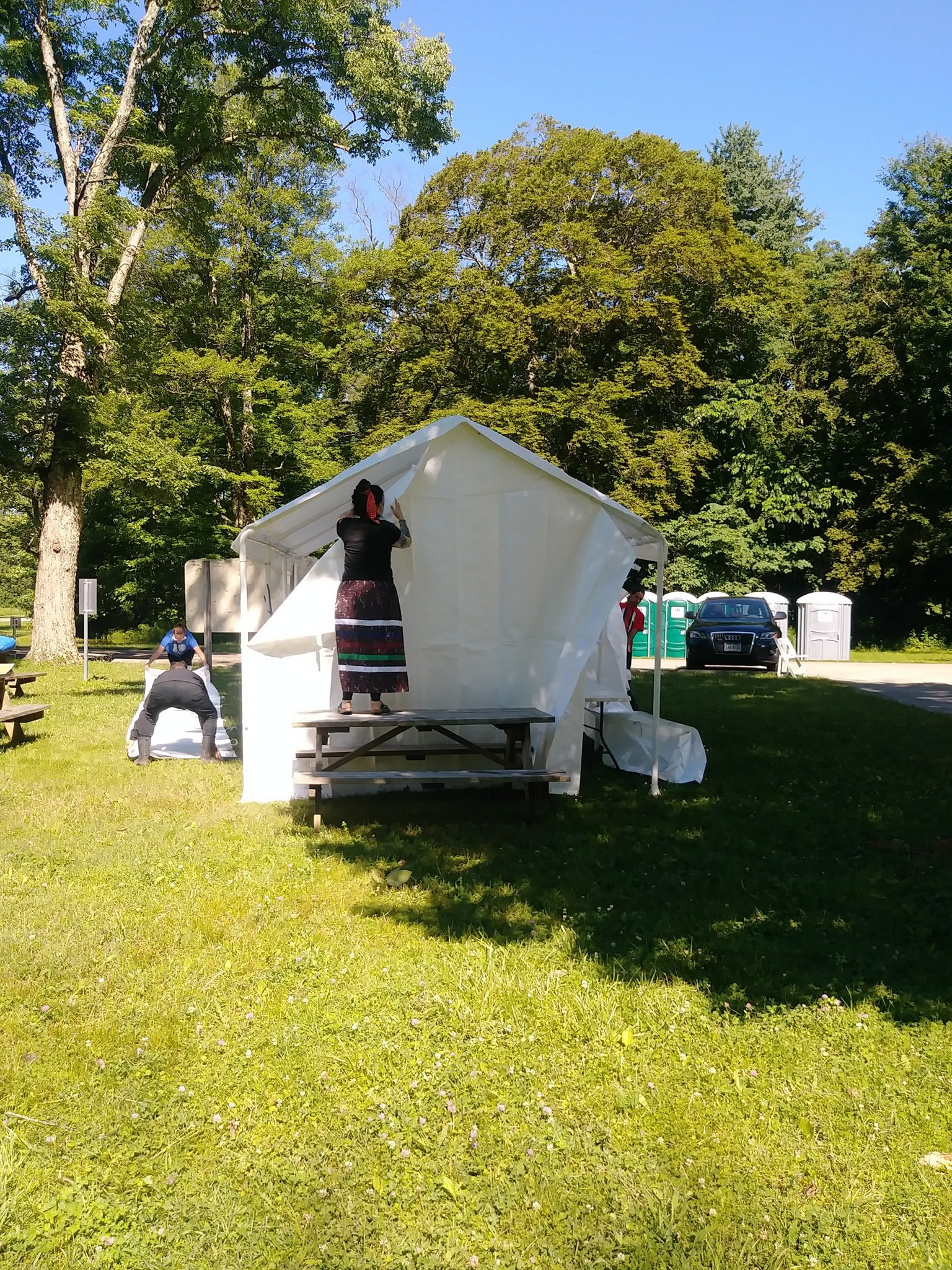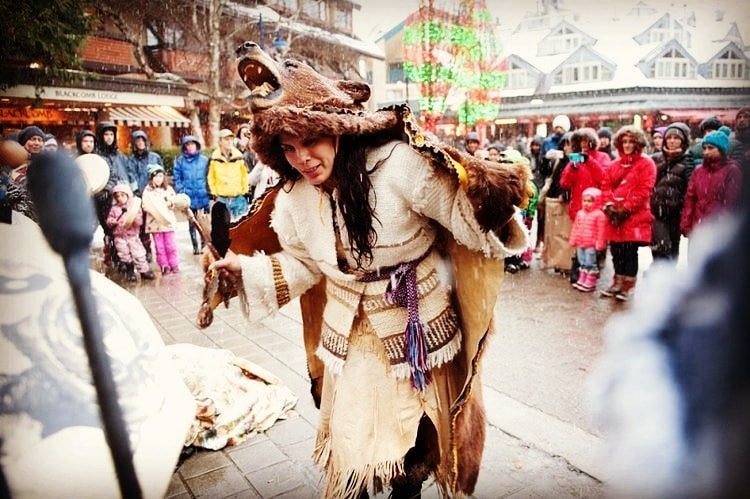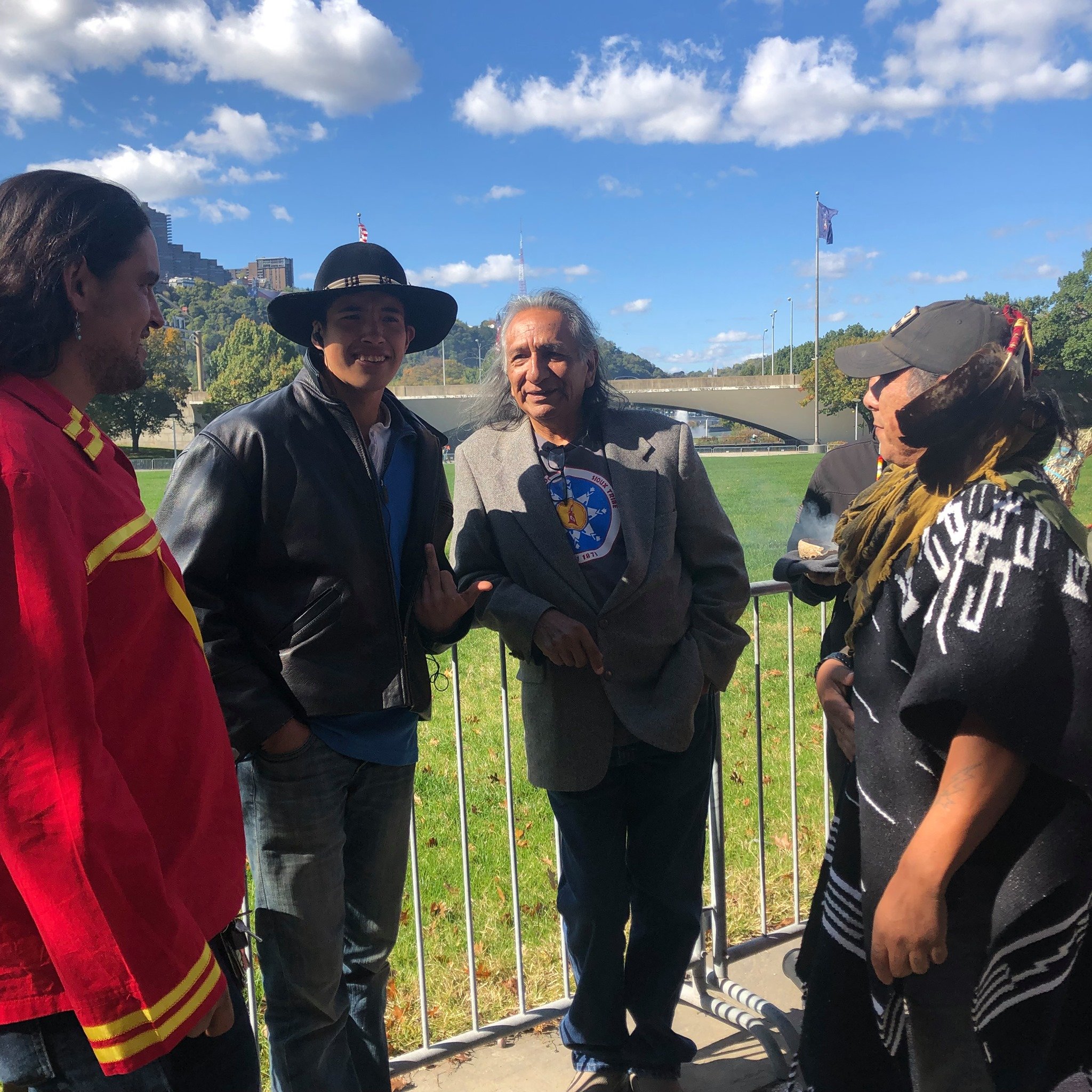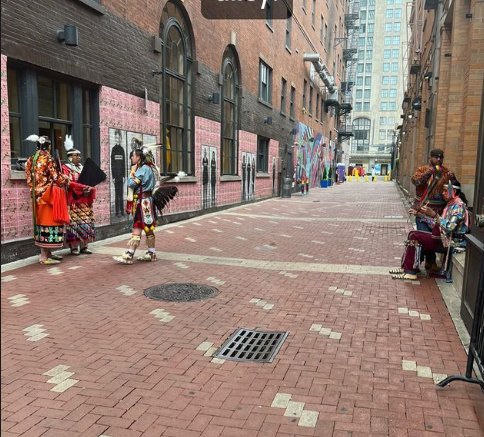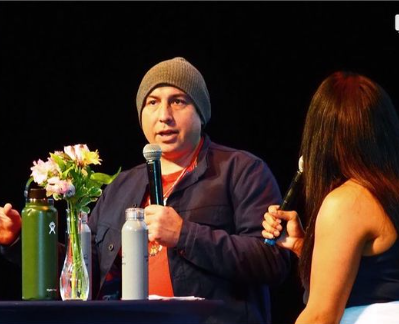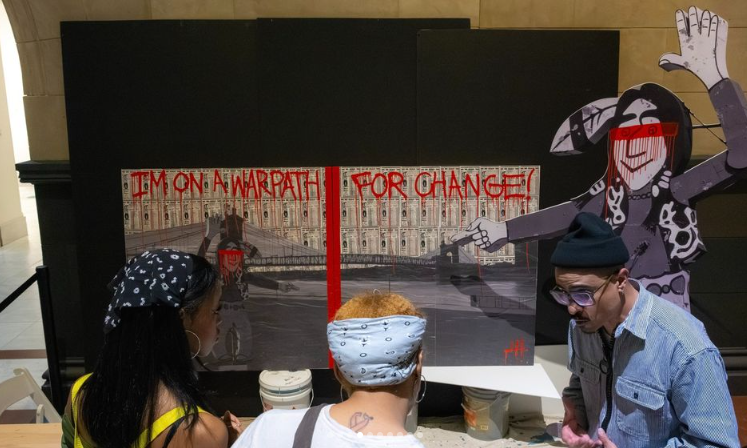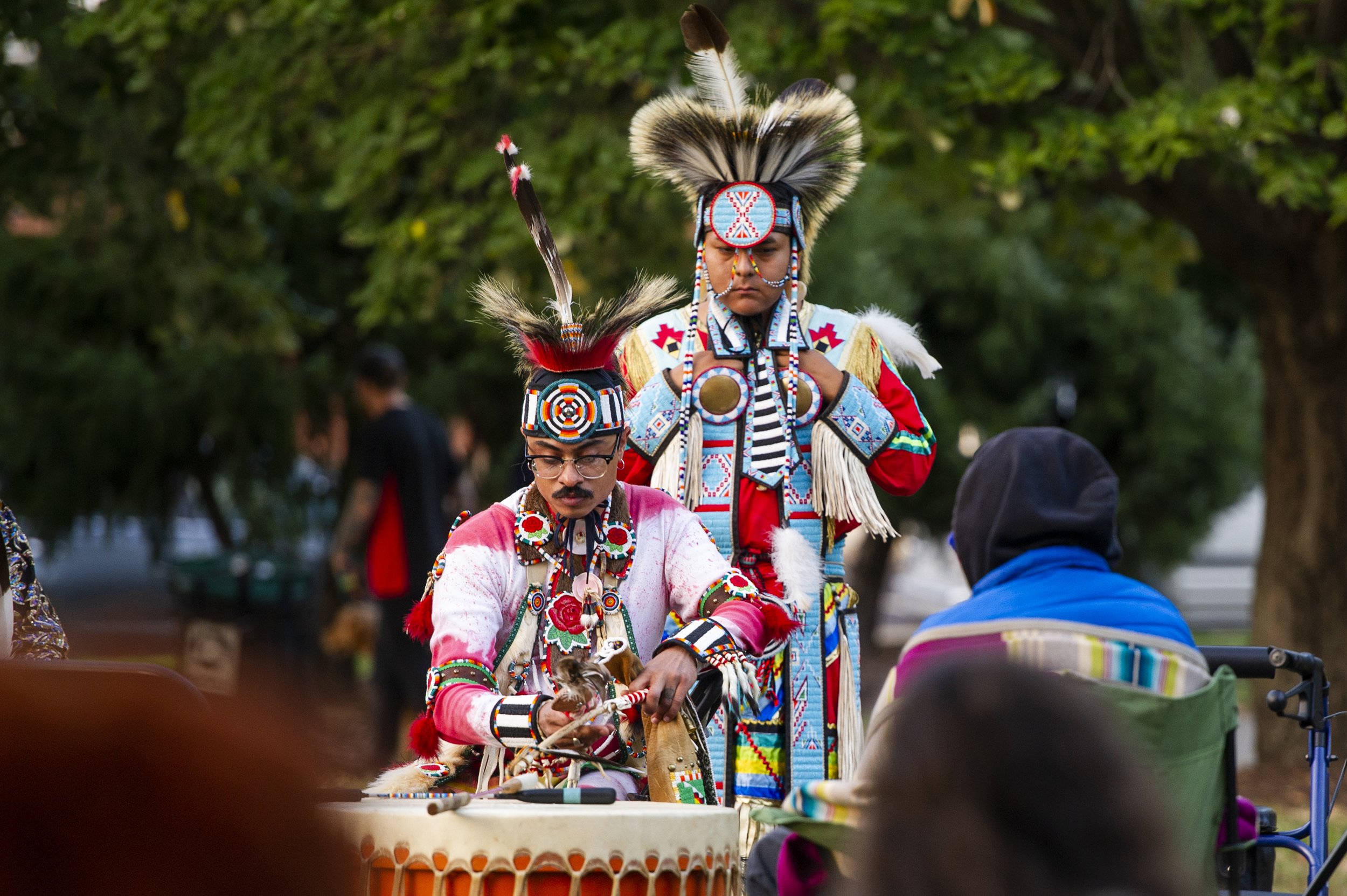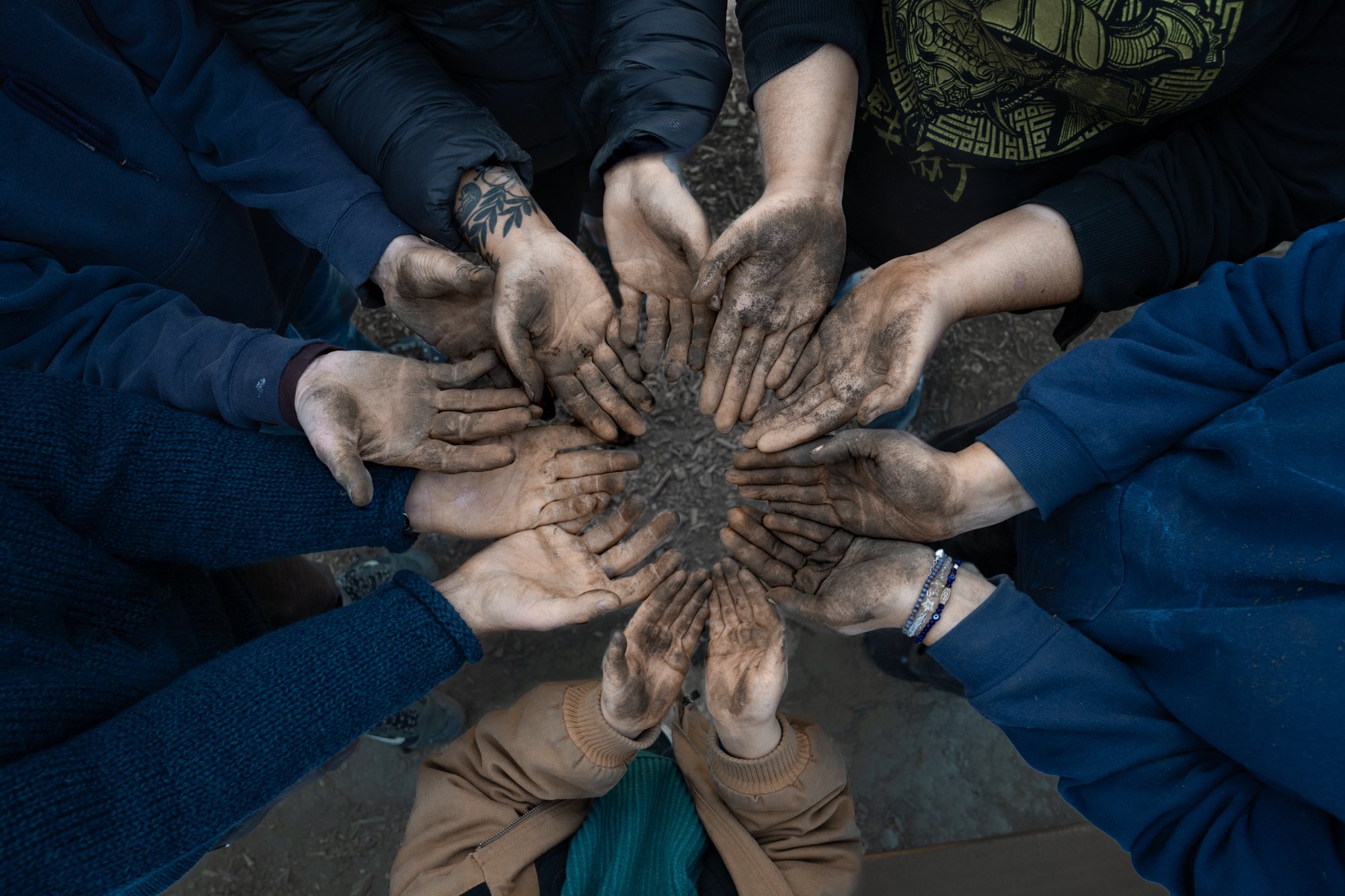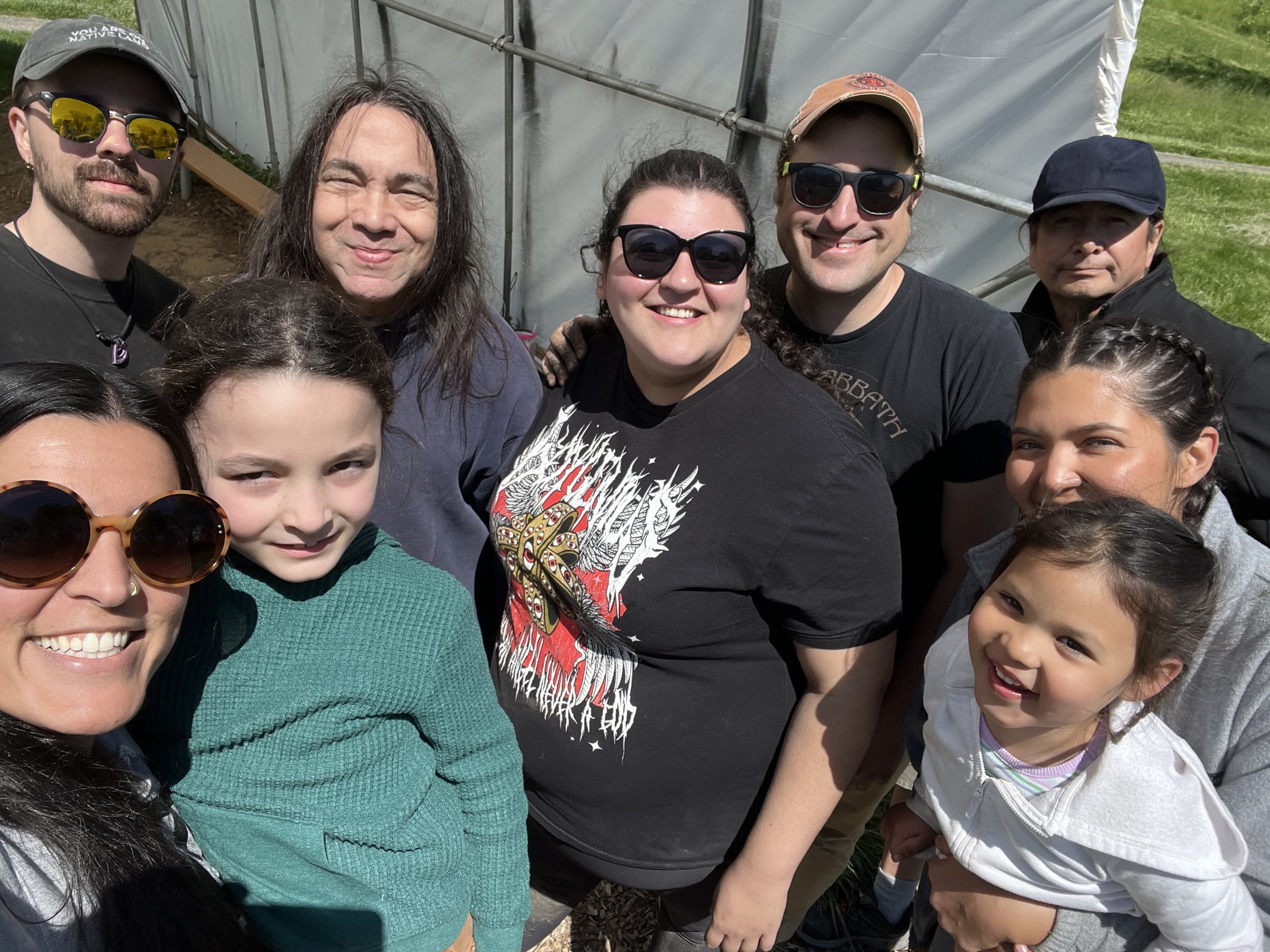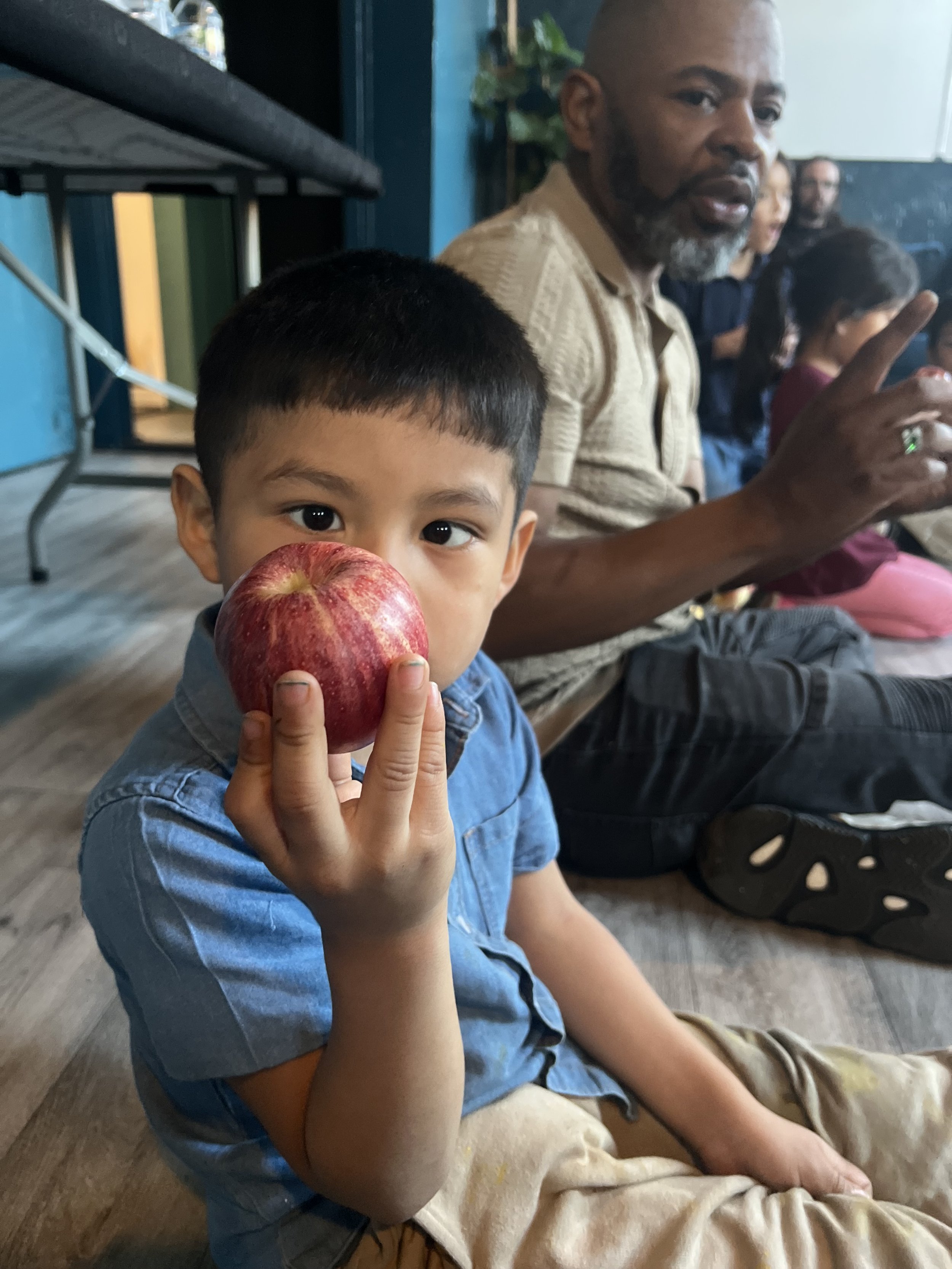Our Origin Story: Urban Native Collective
Built by, and for, urban Native Peoples
The Urban Native Collective was born out of necessity, love, and the deep knowledge that Native Peoples thrive when we are in community with one another! Especially in cities where our presence is often made invisible. Our story begins in the urban heart of Ohio, on lands shaped by many Nations and stewarded since time immemorial. As Native people navigating city life, we felt a gap: a lack of spaces where our full selves could exist, and where identity, kinship, ceremony, and everyday joy could live side by side. We needed a place that wasn’t just a service provider or cultural event planner, but a civic home, and a place that could grow with us, reflect our values, and answer to the People.
Out of kitchen-table conversations, intergenerational wisdom, and the everyday brilliance of Native organizers, artists, parents, youth, and elders, the Urban Native Collective emerged.
We didn’t wait for permission. We gathered. We built. We remembered what our ancestors taught us: that collective strength and shared responsibility are how we survive and thrive. From early mutual aid to policy advocacy, youth engagement to cultural programming in the 1970s, to today, UNC has always been powered by the People and accountable to the community.
We are not a program. We are not a moment. We are a movement for United Indigenous Communities and our future-building. And this is just the beginning.
As we recount this journey, we honor the sacred teachings and the ancestral resilience that guide our path today, embodying the essence of our transformation from the Greater Cincinnati Native American Coalition to the dynamic force that is UNC. Here, we not only celebrate our evolution but also reaffirm our dedication to fostering a future where the values of land, water, air, and Indigenous sovereignty continue to flourish, driven by the wisdom and endeavors of our community.
As with all great origin stories, ours is a long story with twists and turns, many versions, many names of people, places, and events. As you read, please note that we purposefully leave the sacred teachings out of this writing--keeping them intact where their complete form has been proclaimed by ritual and ceremony. We are grateful for where we are today and the work that we are able to do--let us never forget that none of the work could have been completed without the perseverance, tenacity, persistence,and strength of our ancestors.
It is important to acknowledge the early days of organizing and coalition building. Beginning in the 1970s with Jeanne Marie Brightfire Stophlet (Shawnee/ Eastern Band of Cherokee), - pictured here
Jeanne was the first Director of the Indian Center in Cincinnati and Inter-Ethnic Council of Greater Cincinnati. Her group served Native people and was often the only voice in important efforts from the abolition of mascots to celebrations and gatherings. In the late 1990s the group became an advisory to the city council and mayor’s office and was called the North American Indian Council of Greater Cincinnati. Jeanne Mari Brightfire Stophlet made her journey home on May 22, 2023.
Other seeds of the coalition were planted by leaders like Guy Jones from the Miami Valley Council for Native Americans, among others. The work of these groups addressed racist mascots, land issues such as sacred sites, and also the annual powwows and other celebrations. These leaders still work on these issues today and are an important part of the coalition and serve as advisors.
The Greater Cincinnati Native American Coalition (GCNAC) was sprouted from these and many other planted seeds. In 2015 after conversations about abolishing “Columbus Day,” a gathering was held which included Native and non-Native local leaders. There, at this gathering, a decision was made to formally and legally designate a nonprofit organization that would represent the coalition of individuals and organizations.The seeds of GCNAC were planted. Germinating, with this notion of coalition, we continued to answer the community’s calls for action.
After three years of meetings with City Council members and the Mayor, in 2018, GCNAC pushed through the votes to abolish Columbus Day in Cincinnati, and replace it with Indigenous Peoples Day. Firmly rooted but still growing, in April of 2018 we responded to the Anderson High School mascot issue. After being banned from speaking at Anderson’s school board meeting regarding their racist mascotry, we held our first press conference publicly using the name, the Greater Cincinnati Native American Coalition (GCNAC). In December we had another growth spurt, creating an official steering committee to write the bylaws that would govern the coalition a nonprofit.
We officially became a 501c(3) on January 13, 2019. Six days later the controversy surrounding Nathan Phillips and Covington Catholic occurred, which stemmed from the Indigenous Peoples March in Washington, D.C. GCNAC was the most representative local Native organization to Covington and thus responded to the relentless racist rhetoric and media attention. Since that time, we’ve responded to a number of local issues from, land, water, air, to Indigenous sovereignty and celebration.
Our network of collaborators is ever expanding including both individuals and organizations. The National Underground Freedom Center, the Cincinnati Playhouse in the Park, the Cincinnati Museum Center, Green Umbrella, the North American Indian Cultural Center of Ohio, and Wave Pool, are among some of our local collaborators. Our national collaborations include the Smithsonian’s National Museum of the American Indian, Native Americans in Philanthropy, the National Urban Indian Family Coalition (NUIFC), the American Indian Movement, among others.
In December of 2022, GCNAC underwent some major changes. In March, 2023, under new leadership, GCNAC became Urban Native Collective (UNC). We ended several programs that no longer served the community, such as the Tecumseh House, our partnership with HCAN, and several others. As a response to community harm caused by the former Executive Director, we’ve formulated new programming (such as Pathways to Wellness) and partnerships to heal, educate, and support the Indigenous community.
In 2023, we hired our first paid staff members. Briana became our first Executive Director. We launched the Native Sovereignty Center and built the Life on the Margins podcast, hosted by Briana and Homer. Victor, who had been volunteering and contracting with us for years joined us as an official staff member and now leads our incredible newsletter and more. Homer joined as an official staff member after leaving the Board of Directors, and runs UNC behind the scenes as our Office Administrator, and on the podcast. Another staff member joined the team, though their time with us was brief and challenging. Still, the work continued. In 2024, Cate joined us as our first Community Outreach and Events Manager, bringing with her new relationships, energy, and care. In 2025, Victoria joined the team as our Media Specialist, creating video content, documenting our gatherings, and helping us tell our story on our terms. And, this year we expanded our initiatives with the re-launch of the Urban Garden Project, a Fitness Initiative, and resourced Pathways to Wellness, while continuing the Indigenous Peoples Day Cincinnati celebration.
Other programs have blossomed. Our monthly Book Club has featured five titles so far, with a regular and growing group of readers. Our beading and craft circles have become sacred gatherings for women, nonbinary, and gender-nonconforming community members to connect, create, and restore. Our first community meal and talking circle was held recently, and we are now planning to host them quarterly. These are moments to share highs and lows, dreams and needs - time to listen and heal.
We are expanding our community healing work. Mental health counseling has been one form of support, but we are listening to the calls for more traditional forms of care: ceremony, song, and prayer. These conversations are ongoing, and we’re excited for what they will bring.
We are Indigenous.
We are urban.
We are collective.
Our organization, like any healthy garden, developed from ideas to seeds sown in the Earth with a loose group of community members gathering to respond to calls for action. Today, we are thriving, growing, and a maturing organization with clearer vision, maintaining the path of community health and wellness--feeding the people and planting new seeds. We have not forgotten our origin story or the lessons we’ve learned along the way. Our vision, service, and programming continues to be cultivated and dictated by our community’s needs.




